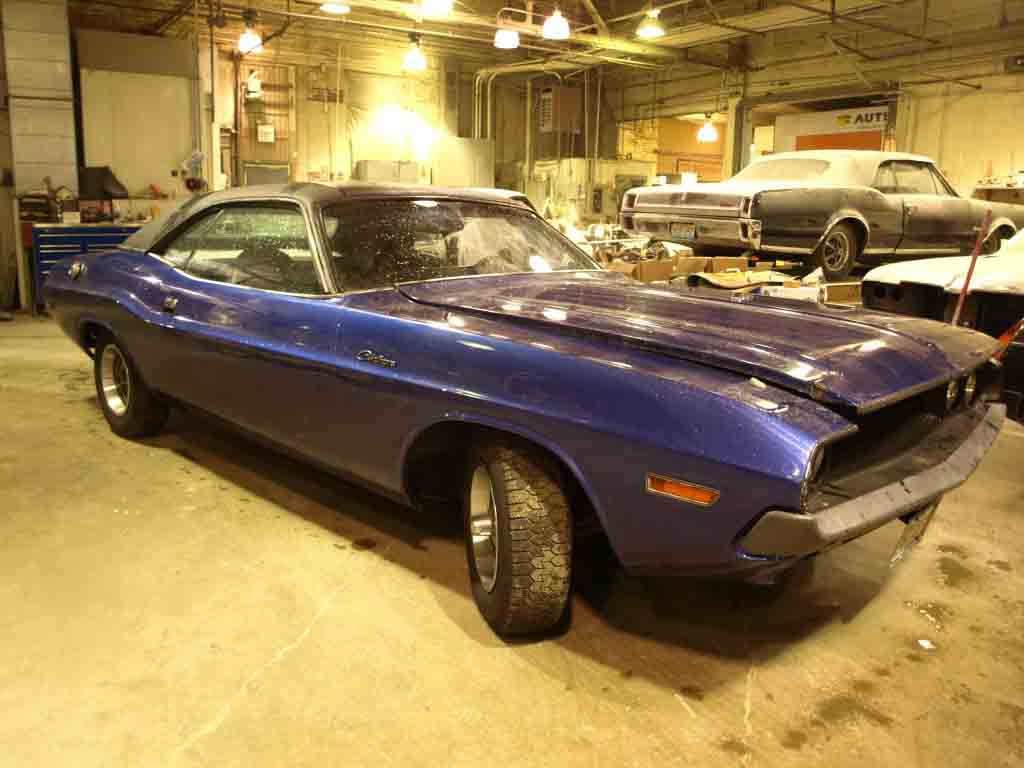
Buying a classic car is a work of art. You have to look in the right place at the right time. It takes research, time, patience, and negotiating skills in order to land the perfect car at the perfect price. Here are questions to ask yourself and tips to steer you in the right direction.
- What do you plan to do with a classic car?
- What’s your budget?
- Look towards the future
- Find your car
The first thing to ask yourself is: why are you buying the car?
Do you plan for this car to be a daily driver or are you looking for more of a project car to restore?
Are you looking for something that’s ready to drive or are you willing to get your hands dirty to get it working?
Tip: Do some research on the car you’re looking for and take into consideration transportation fees, repairs, insurance and taxes.
Do you have the time, money and energy to take care of said car?
Are you able to do any repairs yourself or do you have a classic car mechanic that you can trust?
Do you plan to restore your vehicle yourself or do you have a connection to a restoration specialist?
How hard is it to find replacement parts?
What kind of car do you want?
Are you very specific and looking for a 1970 Dodge Challenger R/T completely restored or do you have more wiggle room and are just looking for a 50s Chevy Pickup mostly original but in good shape?
Once you find a car that fits your purpose and budget, thoroughly inspect the car. Some key things to check:
- If you have connections with a car appraiser, call them and get them to look over the car with you. A mechanic who’s also an expert in classic cars is also a good person to take along.
- Rust is not your friend. It’s common to see a little bit of rust on classic cars, especially ones that have not been garage kept. However if you’re seeing panels that are completely rusted, steer away.
- Check all the Vehicle Identification Numbers (VINs). VINs are on cars that were produced since 1954. Research where to find the VIN for the particular car you’re looking at and ensure that the VINs match. Matching VINs = original parts. Also, make sure the VIN matches the information you have on the car.
- If the car is safely drivable, drive the car. Feel how it runs, changes gears, accelerates, and brakes. Listen closely for any noises, knocking, or scraping. If it doesn’t run, ensure you have a key that fits and ask about the last time the car was running.
Once you have your classic car, take a while and just look at it, and remember all the reasons you love it!

; [/php]/images/credit-cards.png)
; [/php]/images/autoshop-logo.png)